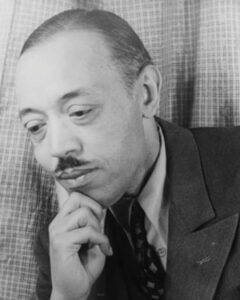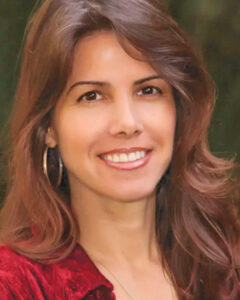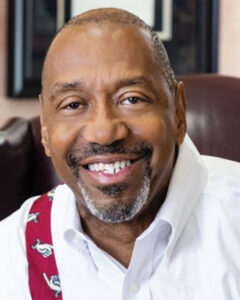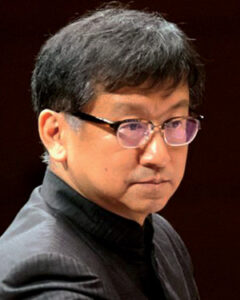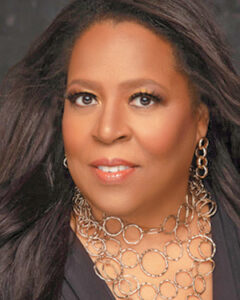2025 Spring Concert Roar
Liftoff! – An Overture for Concert Band
Christian Garnes
Liftoff! Is a lively piece that is a lively piece that mixes a variety of motifs that simulate a flock of birds taking flight. The whole piece is a musical journey that depicts birds flying through all sorts of twists and turns that the world throws at them. At the end of the piece, the birds reach their destination with an uneasy, yet satisfying conclusion that will leave them eager to take off once again.
- Program Note from the score
Dance of the Whale – A Ballet for the Endangered Species
Philip Sparke
Dance of the Whale was commissioned by the Spanish music foundation Musica et Orbi at the instigation of its president, Frank De Vuyst. It is part of a unique project which involved nine composers each writing a short movement, describing an animal of the composers’ choice, to form a suite called Bestiarium. A consortium of bands around the world helped to fund the project, and the world premiere of the suite took place in March 2013 in Medellín, Colombia.
Dance of the Whale uses the tenor instruments of the band to describe a lazy and graceful dance by a blue whale and is dedicated to endangered species around the world.
– Program Note from publisher
Learn more about how you can help!
International Fund for Animal Welfare
March of the Cute Little Wood Sprites (S. Onesy Twosy) for Concert Band
P.D.Q. Bach, Charmingly edited by: Professor Peter Schickele
It would be natural to assume that the title of the march under consideration was simply another example of the naive programmaticism that was part and parcel of the German early Romantic movement, but it turns out that the piece was actually commissioned by a band of cute little wood sprites, a travelling troupe of extremely small folk who played the Howdyvolkstheater in April, 1783. The Cute Little Wood Sprites, as they called themselves, asked P.D.Q. Bach to write some entrance music for the beginning of their show, and they were so pleased with the result that after the first performance several members of the troupe, still wearing wings and halos, climbed up on top of the composer and did a jig, giving rise, incidentally, to the classic question, “How many angels can dance on a pinhead?” The vocal passage in the eighth measure is based on the reaction of the audience to seeing the sprites come on stage; P.D.Q. was so pleased by the sound that he incorporated it into the score.
– Program Note by Peter Schickele
The Lion King Soundtrack Highlights
Hans Zimmer, Elton John & Tim Rice / arr. Calvin Custer
This medley of Elton John songs from the Disney movie The Lion King includes Circle Of Life, I Just Can’t Wait to Be King, Be Prepared, Hakuna Matata, Can You Feel the Love Tonight, This Land, and To Die For.
– Program Note from the score
Tutued Toucan Can-Can
Erika Svanoe
The majestic and noble toucan dons its tutu and prepares for its grand entrance. What will the toucan ballet entail? Nimble hops on delicate legs? Short but graceful flights across the stage? Rousing kicks? Dramatic splits? Perhaps the grand movement of its large, brightly colored beak would be the most effective use of its greatest asset. The toucan, inspired by other great birds of ballet, enters the stage, and begins to dance.
Tutued Toucan Can-can draws inspiration from several sources, including many melodies heard while watching cartoons and eating breakfast cereal in my youth. Walt Disney’s Fantasia depicted the Dance of the Hours from Amilcare Ponchielli’s opera La Gioconda with animated ostriches. Jacques Offenbach’s Galop Infernal from Orpheus in the Underworld has worked its way into the public consciousness through multiple uses in popular culture, and might be better known now simply as “the Can-can.” Tchaikovsky’s Swan Lake and Stravinsky’s Firebird also make brief appearances. If you listen carefully and follow your nose, you might find a few other musical nods to birds of note.
– Program Note by composer
Our Cast Aways
Julie Giroux
“For Those who rescue, Those who get rescued and especially for Those whose rescue never comes.”
6.5 million companion animals enter animal shelters every year and 2.4 million of these adoptable animals are put down. These numbers do not include the thousands who suffer in silence. Thanks to thousands of caring people, these numbers are steadily decreasing, but we still have a long way to go. This work is dedicated to all those who work hard in the fight to end puppy mills, to rescue suffering pets and to provide care and medical attention to all those rescued. It is dedicated to those companions who get rescued and for those whose rescue never comes.
We are all shepherds. Every living creature is in our care. Hopefully mankind will someday uphold his responsibility and become caretaker of all living things on earth. Maybe someday all humans will be humane and mankind will be kind.
The pictures of the rescued animals belong to people who are my friends on Facebook. Apparently, I keep great company when it comes to people who rescue and adopt animals who have been cast away. My own rescues are also in the photos. The published score will feature these beautiful rescues in full color.
– Program Note by composer
Tuba Tiger Rag
Harry DeCosta / arr. Luther Henderson & David Marshall
Tiger Rag is a jazz standard, originally recorded and copyrighted by the Original Dixieland Jass Band in 1917. It is one of the most recorded jazz compositions of all time. In 2003, the 1918 ODJB recording of Tiger Rag was placed on the U.S. Library of Congress National Recording Registry.
After the success of the Original Dixieland Jazz Band recordings, the tune gained national popularity. Dance band and march orchestrations were published for the benefit of bands that couldn’t get the hang of the new jazz music. Hundreds of recordings of the tune appeared in the late 1910s and through the 1920s. The Canadian Brass tuba player Chuck Daellenbach has become internationally associated with Luther Henderson’s Tuba Tiger Rag. He has performed this work hundreds of times.
Tiger Rag is often used as a fight song by several American high school and college teams with a tiger as their mascot, most famously Louisiana State University (Baton Rouge).
– Program Note from Wikipedia
How to Train Your Dragon
John Powell / arr. Sean O’Loughlin
Embark on a vibrant adventure with John Powell’s How to Train Your Dragon, a highly energetic and original score that will ensure you are treated to a fabulous listening experience.
“We looked at all the folk music from the Nordic areas. And I’m [John Powell] part Scottish and grew up with a lot of Scottish folk music, so that came into it a lot. And Celtic music was something that Jeffrey Katzenberg felt had this very attractive quality to it, and sweetness, that he thought would be wonderful for the film.”
This fantastic arrangement for band by Sean O’Loughlin recreates all the inspiration from the movie. Its sweeping melodies and bombastic fanfares transport its listeners to an ancient Viking village, swarmed with dragons! Featuring: This Is Berk and Coming Back Around.
– Program Note from University of Wisconsin – Eau Claire University Band concert program, 26 November 2018



